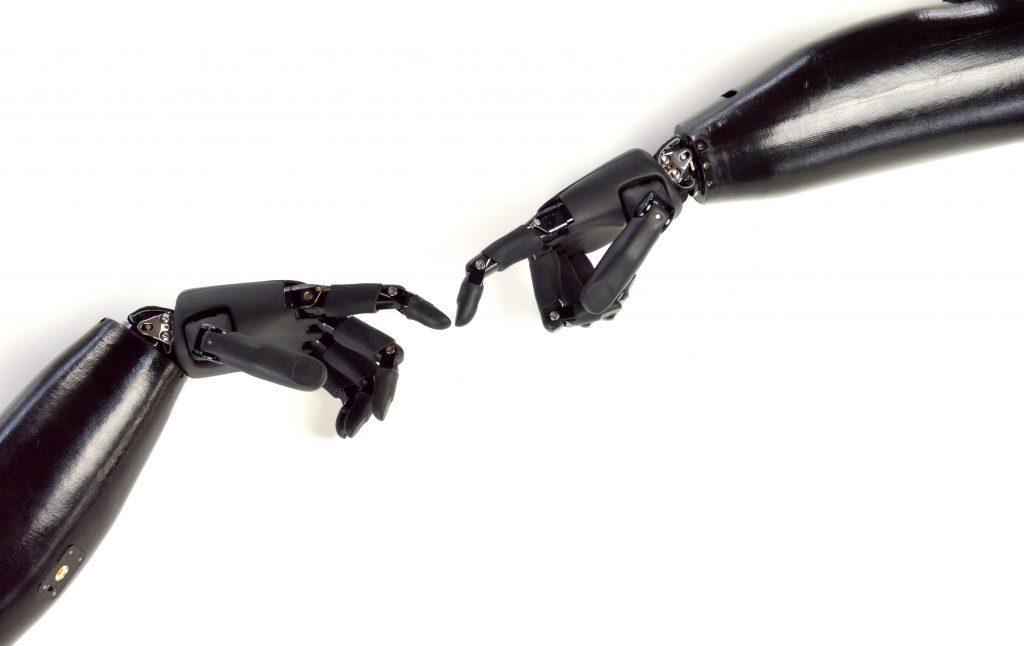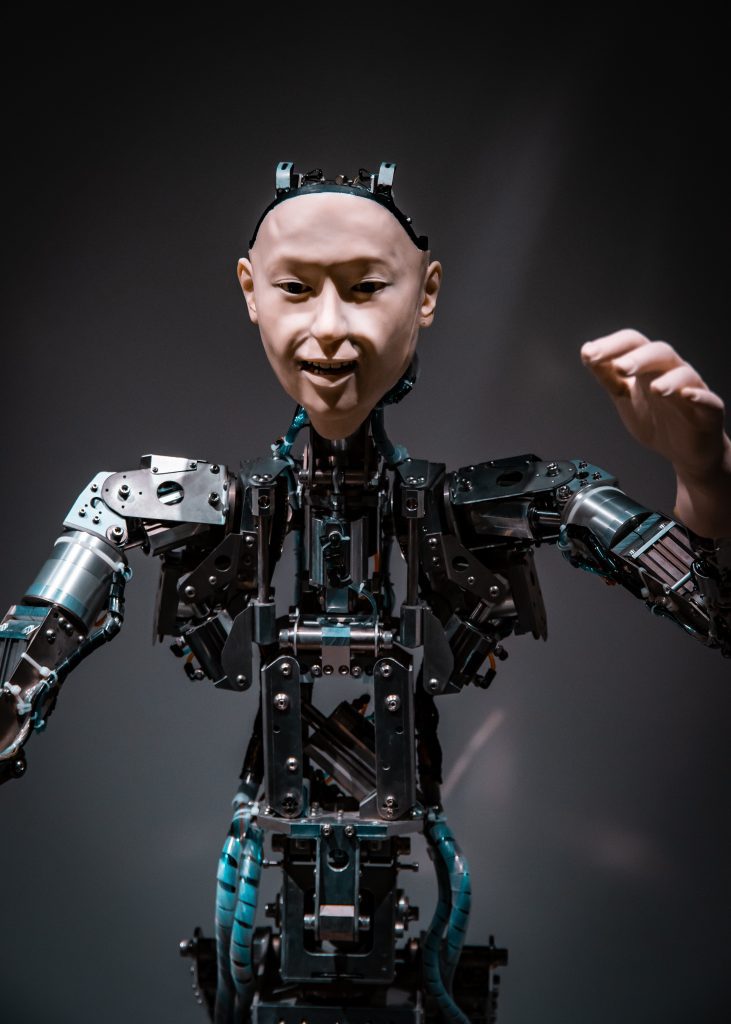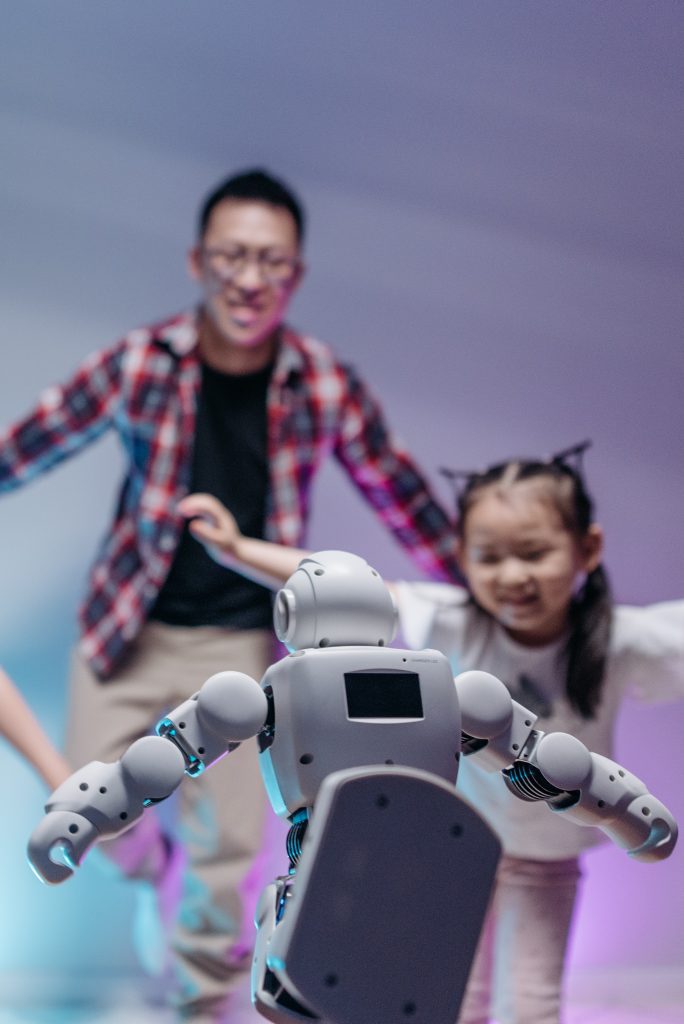Table of Contents:
The latest humanoid robots – is this the path to take?
More and more areas of life are becoming automated. As we advance, the objects around us become more intelligent and possess greater capabilities. Speech synthesizers or virtual assistants are beginning to imitate us more and more with time. And the latest humanoid robots? Is this the right way to go? This article describes the advantages and disadvantages of modern humanoid robots based on practical examples.
What are the goals of creating humanoid robots?
Humanoid robots can perform a wide range of different tasks that “real” humans perform in everyday life, such as preparing meals, carrying objects, or cleaning rooms. One of the aims of creating humanoid robots is to use them to perform these and many other tasks, which may benefit from using human efficiency for other activities.

However, building robots that perform actions similar to humans in a world created for humans is a great challenge for robot builders. The process of creating such a robot is very complex and requires a very good background in electronics, computer science, robotics, as well as biology and its links to artificial intelligence, especially artificial neural networks.
Humanoid robots – overview
At first glance, a humanoid robot is a robot whose internal structure is similar in size and characteristic details to a human body. A typical humanoid robot consists of a torso with a head, two arms and two legs, although depending on the design, the dimensions of the individual components may vary accordingly for a particular model and manufacturer, including if the robot is modelled on the image of a woman or man respectively.

For example, the robot head should mimic not only the size, but also the nuances of the shape and size of the mouth, nose or eyes. A humanoid robot should have basic functional properties like those of real humans, e.g. interaction with the external environment, which can be used in experimental research without endangering human life and health. Humanoid robots can perform any activity that is within the physical and mental capabilities of a ‘real’ human, as long as their hardware and software allow them to do so. Despite very detailed reproduction of the details of the human body and its mechanics, and a realistic human appearance, humanoid robots have no cognitive abilities or physical autonomy, such as the sense of smell and taste.
Where to look for the benefits of using humanoid robots?
Current capabilities of humanoid robots allow them to be used, among other things, in dangerous military or research activities, such as remote space exploration missions. Such robots can also act as assistants for humans in everyday life, e.g. as helpers for the disabled and as help in repairing after natural disasters.
They are also used for educational purposes. Teachers use robots as teaching devices on which pupils and students learn the ins and outs of programming and robotics, and at younger educational stages to interact with children. Humanoid robots can also replace humans in activities such as picking up litter, guarding objects such as residential buildings, offices and shops, and as informants helping to reach a destination (e.g. a specific shop in a shopping mall). Such robots represent an opportunity to increase productivity in many areas of everyday life. The advantages of humanoid robots will certainly be appreciated by large companies – due to the use of artificial intelligence, humanoid robots can be used in automated production processes, where particularly high precision of movements and strict quality control is required.

Such robots can also act as caretakers for the elderly and monitor their activity and, in the event of danger, notify the emergency services. The range of applications for humanoid robots also includes activities that are specifically human-centred. Such robots can be used, for example, to perform physical work in toxic environments that are dangerous to human health and life. Another important application is also assistance in therapy for people suffering from physical and mental defects at any stage of life.
Rapid developments in science and technology are leading to the invention of increasingly sophisticated humanoid mechatronic systems that are rich in complex sensory and motor abilities. Therefore, this is a particularly challenging field of research that has attracted much attention in recent years and will continue to play a key role in robotics today as well as in the near and distant future.
Humanoid robots – is there anything to worry about?
Despite so many listed practical advantages, humanoid robots also have their dark sides. The first disadvantage is the very high cost of such a robot, depending on its design sophistication and R&D effort. As humanoid robots become more and more accessible to the public, however, they will first be affordable mainly to more affluent citizens, i.e. those representing the middle class. The use of such robots will certainly bring numerous benefits to many companies, but may harm those who work in certain professions, such as medical personnel. Advanced humanoid robots will be able to perform a variety of tasks, but for those in the lower middle class, they will be a significant expense.

The problem also lies in research and development activities. Indeed, it is a matter of properly understanding and mapping the processes concerning information processing and the mechanisms underlying the human brain, together with its perception of the environment. In addition, it may be that humanoid robots, as the design and functionality improve and become more affordable, will have a disjointed effect on humans – in which case humans may become dependent on these robots if humanoid robots take over for humans to perform many normal, basic daily activities. There is also a significant risk that the proliferation of humanoid robots will take jobs away from individuals, even if those individuals are employed to perform repetitive physical tasks such as housekeeping or meal preparation. Moreover, with the development of artificial intelligence, humanoid robots could also replace middle class people and traditional professions such as catering, rescue and intervention services, and construction. The consequence of such a black scenario could be significant damage to the economy, or even its destruction.
How useful was this post?
Click on a star to rate it!
Average rating 0 / 5. Vote count: 0
No votes so far! Be the first to rate this post.



















